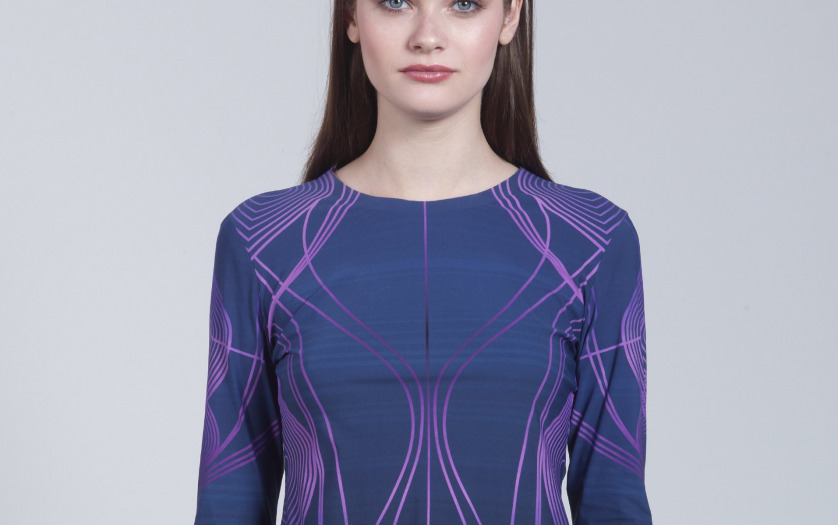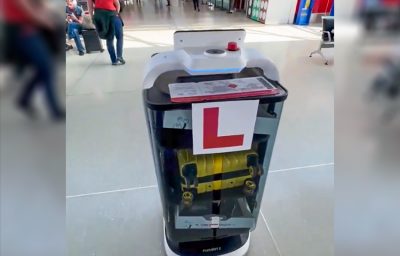
Twin sisters Hermon and Heroda Berhane love dancing but can’t hear the music because they’re both deaf, so the invention of a jacket with sensors that enables them to feel the different sounds has transformed their nights out in London clubs, Asharq Al-Awsat reports.
The “Sound Shirt”, created by London-based fashion company CuteCircuit, has 16 sensors embedded in its fabric, so wearers can feel violins on their arms, for example, while drums beat on their backs.
The Berhane twins, who lost their hearing at a young age, say modeling the shirts has given them a brand new experience.
“It’s almost like feeling the depth of the music. It just feels as though we can move along with it,” says Hermon.
Francesca Rosella, co-founder and chief creative officer of CuteCircuit, which designs fashion wearable technology, said the shirts allowed deaf people to feel music through sensations.








